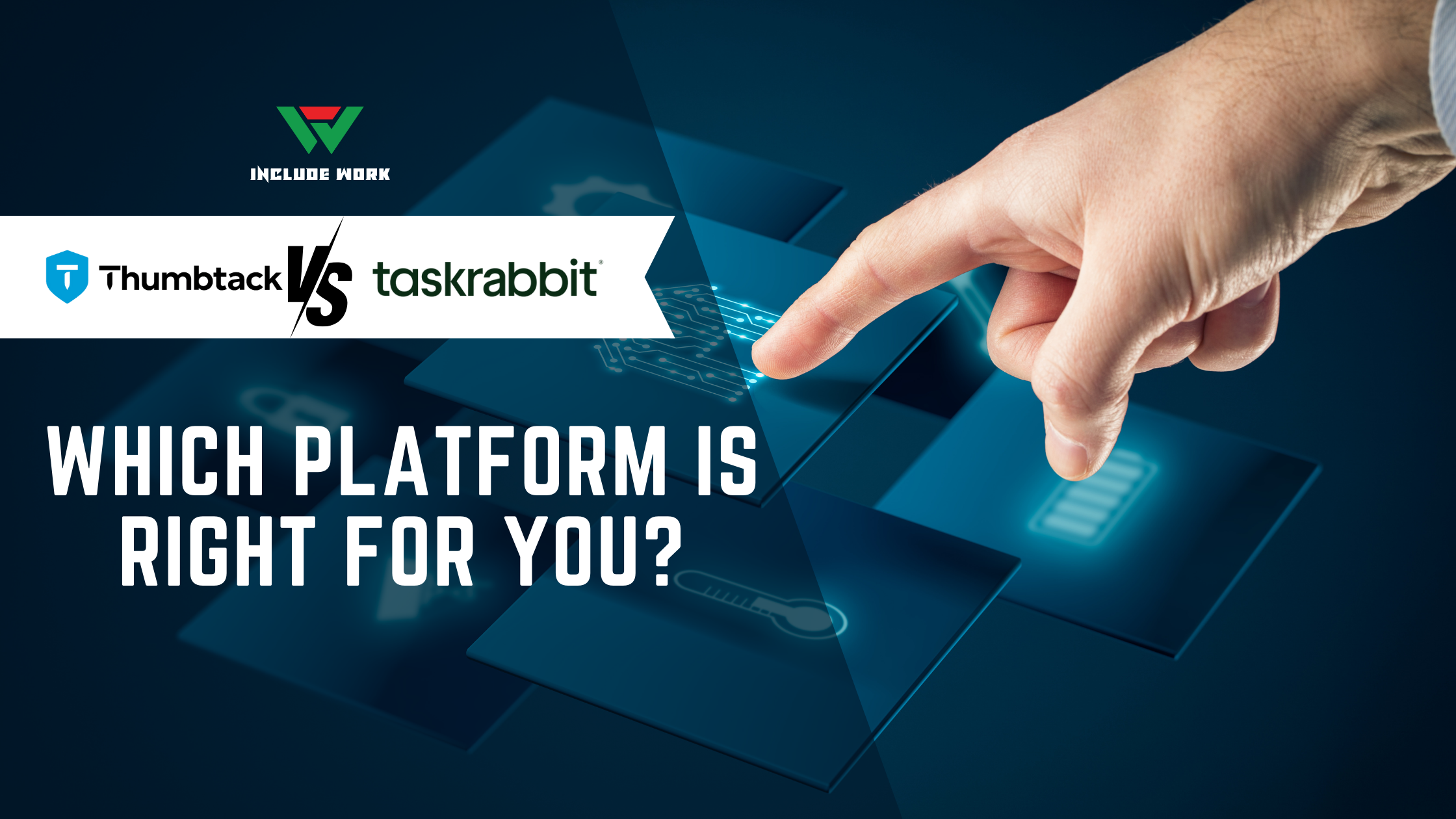In today’s digital age, safeguarding our online networks has become paramount. Our daily activities and business operations increasingly rely on the internet. This reliance underscores the need for robust network security solutions. These solutions are vital for protecting data, ensuring privacy, and maintaining the integrity of digital transactions. With cyber threats becoming more sophisticated, a dependable defense against online risks is crucial.
Table of Contents
This guide highlights network security solutions, delving into their types, advanced protective measures, and selection criteria. It’s designed for anyone from small business owners to employees at large corporations. Gaining an understanding of network security and its significance is a key step in protecting digital assets.
What Are Network Security Solutions?
Network security solutions are measures and tools aimed at defending networks and data from cyber threats. These solutions act as a shield, preventing unauthorized access and protecting network resources and data. With the rise of the internet, network security has become crucial for both companies and individuals against cyber attacks. Effective network security not only blocks threats but also helps recover from them, maintaining business operations and personal data safety.
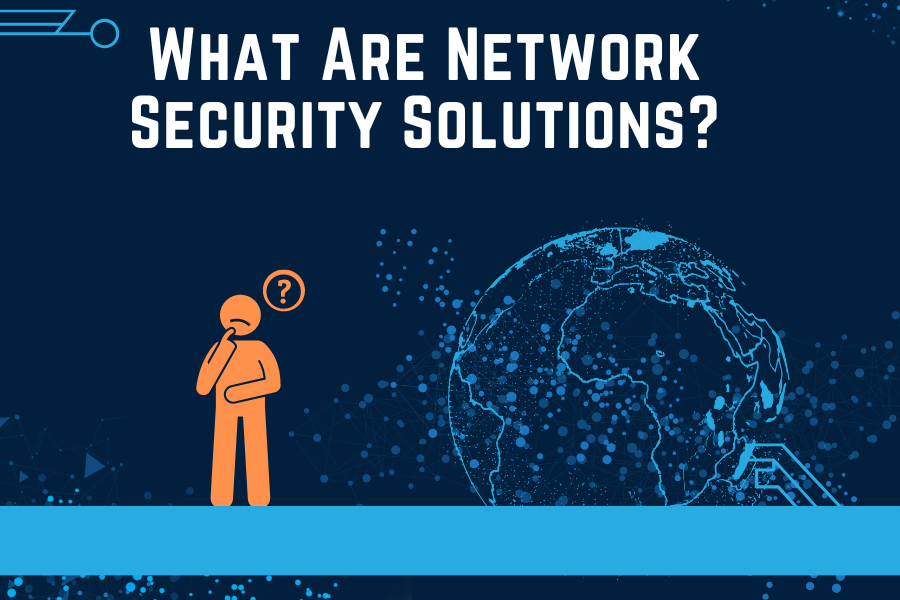
Implementing network security requires layered protection across all components of a system. This includes computers, networks, and data. In any organization, the synergy between people, processes, and technology is vital for a robust defense against cyber attacks. A comprehensive network security strategy reduces the risk of data breaches, maintains the confidentiality of sensitive information, and ensures the integrity and availability of IT services.
Types of Network Security Solutions
Network security includes many practices and tools. Each one serves a special role in defending against cyber threats. Below are common types:
Firewalls: These act as a shield between your internal network and potential external threats. They manage network traffic based on set security rules.
Antivirus and Antimalware Software: This software detects, blocks, and removes harmful software. This includes viruses, worms, and ransomware. It keeps your network safe from harmful software.
Email Security: Email often serves as a doorway for security threats. Email security solutions protect against phishing, spam, and other harmful email activities.
Intrusion Prevention Systems (IPS): These tools inspect network traffic to detect and block vulnerability exploits. They build on intrusion detection systems (IDS), which detect and alert on potential security issues.
Virtual Private Networks (VPN): A VPN lets a private network extend across a public network. Users can send and receive data as if directly connected to the private network. This secures remote access and data transmission.
Data Loss Prevention (DLP): DLP technologies stop users from sending sensitive information outside the network. They control data transfer, copying, or printing.
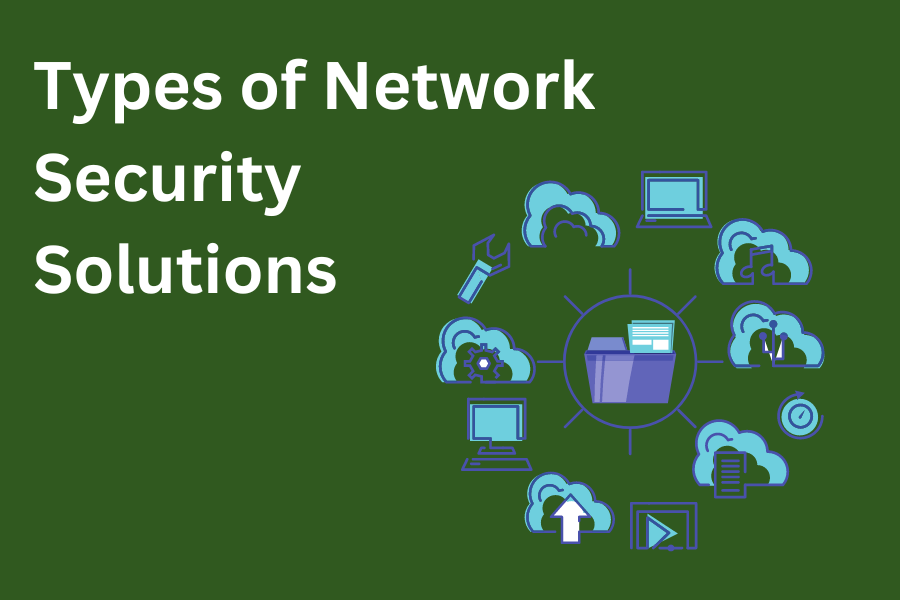
Network Access Control (NAC): NAC lets administrators set device access policies to networks. Non-compliant devices may be denied access or placed in a restricted environment.
Encryption: Essential for protecting sensitive data, encryption turns data into an unreadable format. It can only be read with the correct decryption key.
Each solution is crucial in a comprehensive network security strategy. They protect against various threats and vulnerabilities.
Advanced Network Security Solutions
As digital threats evolve, advanced network security solutions adapt. These solutions use the latest technology and strategies for robust protection. Let’s explore key technologies and methods in this field:
Behavioral Analytics: This approach applies machine learning to analyze network behavior. It spots anomalies that could signal security breaches. By knowing what normal behavior looks like, it can highlight unusual activities early, potentially stopping threats in their tracks.
Cloud Security: As businesses shift to the cloud, protecting cloud-based data becomes crucial. Cloud security measures guard online data against theft, leaks, and deletion. They include encryption, access control, and threat intelligence to secure data.
Zero Trust Security Models: Zero trust assumes no user or device is trusted by default, whether inside or outside the network. It requires strict verification for network resource access, reducing the risk of insider threats and breaches.
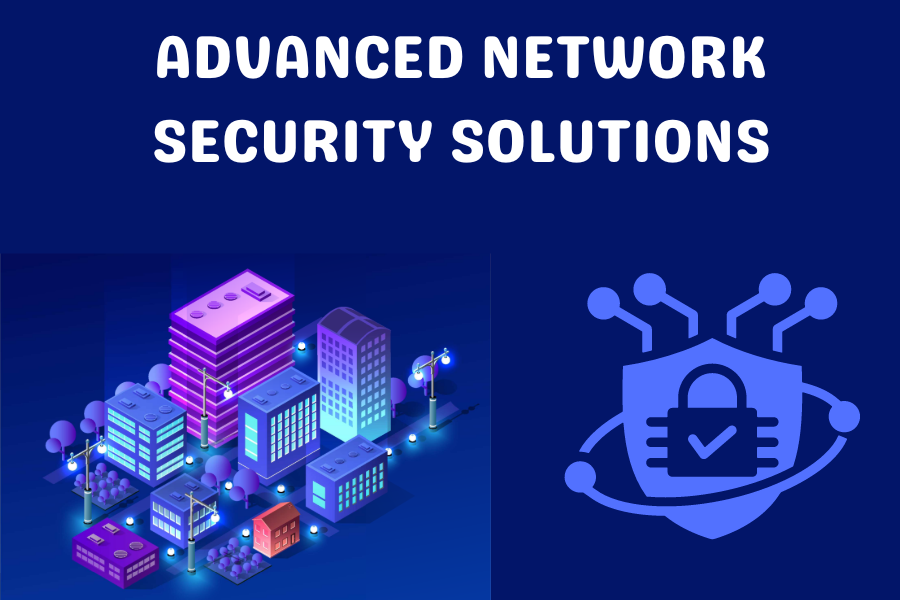
AI and Machine Learning: These technologies enhance network security by predicting and identifying threats. They analyze extensive data sets, learn from them, and enable real-time threat detection and response.
Endpoint Detection and Response (EDR): EDR systems offer ongoing monitoring and response to advanced threats. They gather data from network endpoints and analyze it to detect threat patterns, aiming to block malware and other attacks.
Secure Access Service Edge (SASE): SASE merges network security functions with WAN capabilities. It supports secure, dynamic access for organizations, especially useful for remote workforces.
These solutions highlight a proactive, dynamic shift in network security. They emphasize the importance of continuous monitoring, real-time threat detection, and automated responses.
Implementing Network Security Solutions
Putting network security solutions into place requires careful planning and execution. Here’s how organizations can approach the implementation process:
Assessment and Planning: Begin by assessing your current network security posture. Identify all assets, including hardware and software, and evaluate potential vulnerabilities. This step helps in understanding what needs protection and tailoring the security measures accordingly.
Policy Development: Create clear and comprehensive security policies. These policies should define who has access to what resources, how data is handled and protected, and the procedures for responding to security incidents.
Choose Appropriate Solutions: Based on the assessment, select the types of security solutions that best fit the organization’s needs. Consider factors like the size of the network, the type of data handled, and specific industry regulations.

Implementation: Deploy the chosen solutions across the network. This step often involves configuring firewalls, installing antivirus software, setting up intrusion detection systems, and implementing access control measures.
Training and Awareness: Educate staff about the security policies and procedures. Regular training on recognizing phishing attempts, managing passwords, and secure browsing habits can significantly reduce the risk of security breaches.
Testing and Maintenance: After implementation, test the security measures to ensure they are working as intended. Penetration testing, vulnerability scanning, and other techniques can uncover weaknesses. Regular maintenance, updates, and patches are also crucial to keep security measures effective against new threats.
Continuous Monitoring and Improvement: Network security is not a set-it-and-forget-it solution. Continuous monitoring of network activity helps detect and respond to threats in real time. Regularly review and update security policies and solutions to adapt to new threats and technological changes.
Implementing network security is a dynamic process that adapts as new threats emerge and business needs change.
Future of Network Security
The landscape of network security is changing rapidly. This is due to evolving cyber threats and technological advances. Here are some key trends and predictions for network security’s future
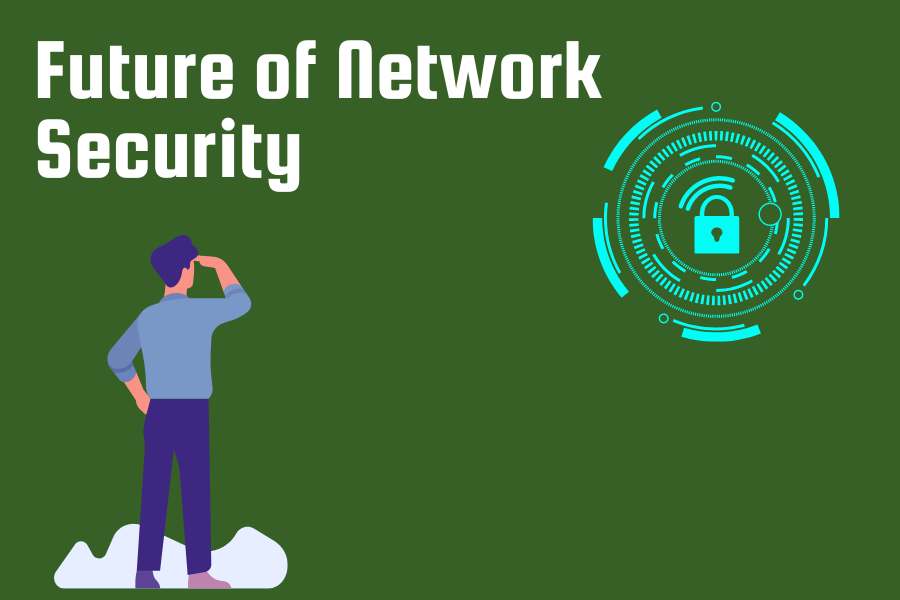
Increased Use of AI and Machine Learning: AI and machine learning will become crucial in detecting and responding to threats quickly. They help by analyzing patterns and predicting attacks before they occur.
Growth of the Internet of Things (IoT): As more devices connect to the internet, securing the IoT is increasingly important. Network security must adapt to cover the many potential entry points these devices create.
Enhanced Privacy Regulations: Concerns over data privacy are growing. Laws like Europe’s GDPR and various U.S. state laws will evolve. Network security must focus on data protection and compliance.
Zero Trust Architecture: The zero trust principle, which verifies all entities inside or outside the network, will become more common. This approach reduces the risk of breaches.
Secure Access Service Edge (SASE) Adoption: The combination of security and network functions into a single, cloud-based service will increase. This makes security management more flexible for remote workforces.
Focus on Supply Chain Security: Attacks on supply chains are rising. Companies must secure not only their systems but also those of their partners and suppliers.
Increased Cybersecurity Awareness: Teaching about cybersecurity will become part of company cultures. Training employees to recognize and prevent attacks will be essential.
These trends show that network security will become more integrated and focused on new technologies and methods. Keeping networks safe will require ongoing adaptation and a proactive approach.
Choosing the Right Network Security Solutions for Your Business
Choosing the right network security solutions involves understanding your business’s unique needs and the specific threats it faces. Here are some steps to guide you in making an informed decision:
Assess Your Needs: Consider the size of your network, the type of data you handle, and your compliance requirements.
Research and Compare: Look into various network security solutions and vendors. Compare their features, scalability, and customer support.
Consider Usability: Choose solutions that are not overly complex for your team to manage. Usability is key to ensuring that security measures are implemented effectively.
Plan for the Future: Opt for solutions that can scale with your business and adapt to the evolving cybersecurity landscape.
Consult Experts: If possible, consult with cybersecurity experts to get tailored advice for your business.
Conclusion
Network security is vital for organizations in today’s digital world. Understanding and implementing network security solutions is crucial for protection against cyber threats. Network security is not a one-time task but an ongoing effort. It demands alertness, flexibility, and a forward-thinking attitude. Selecting appropriate solutions, keeping policies current, and educating your team on cybersecurity’s significance are key steps. Remember, effective network security strategies are essential for safeguarding your organization’s digital assets.


